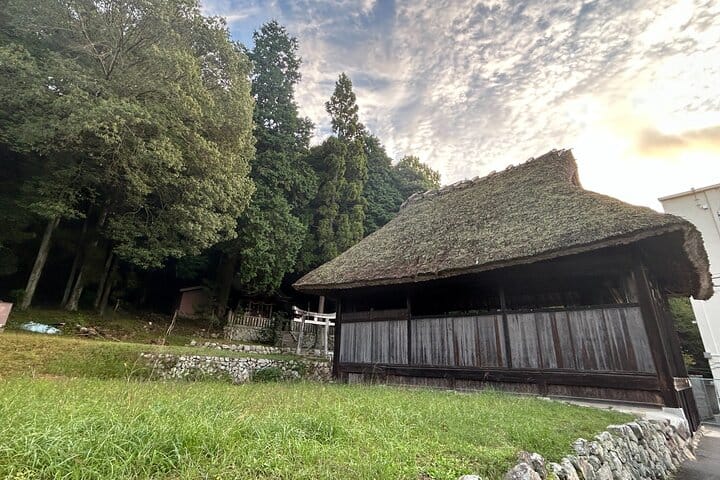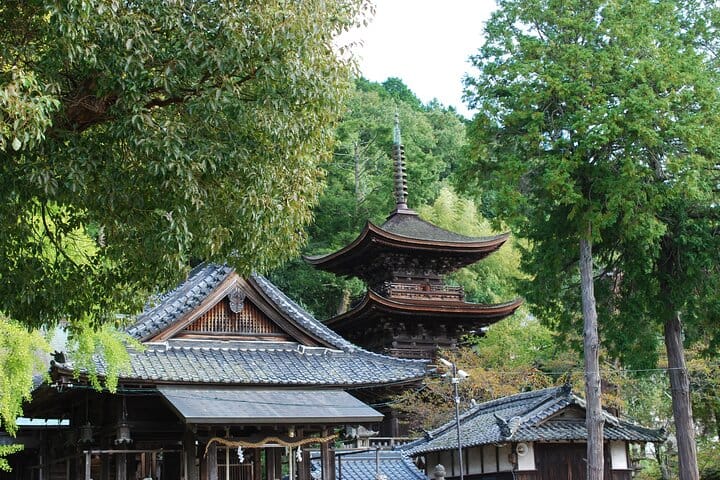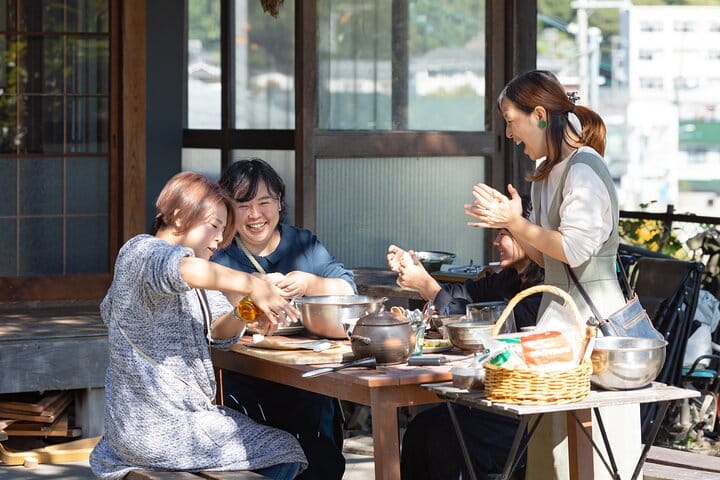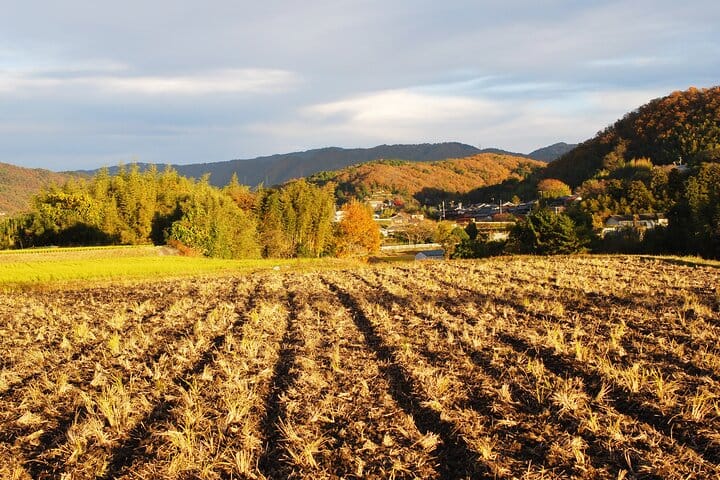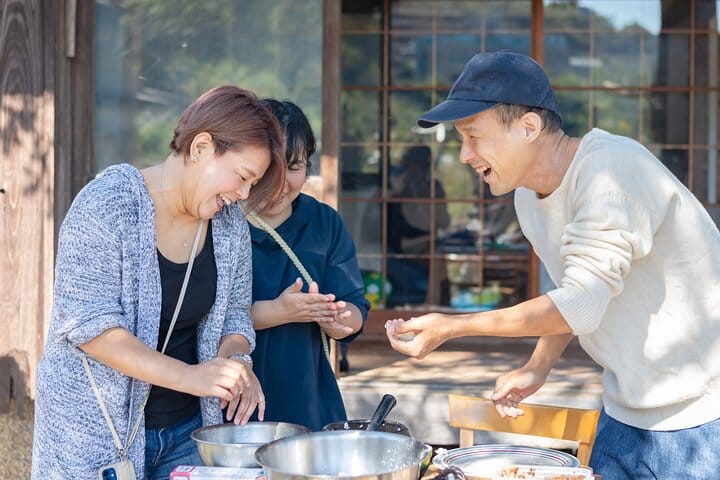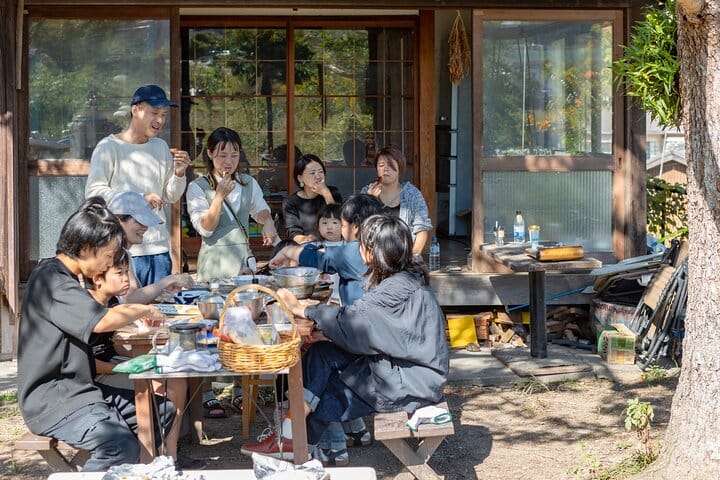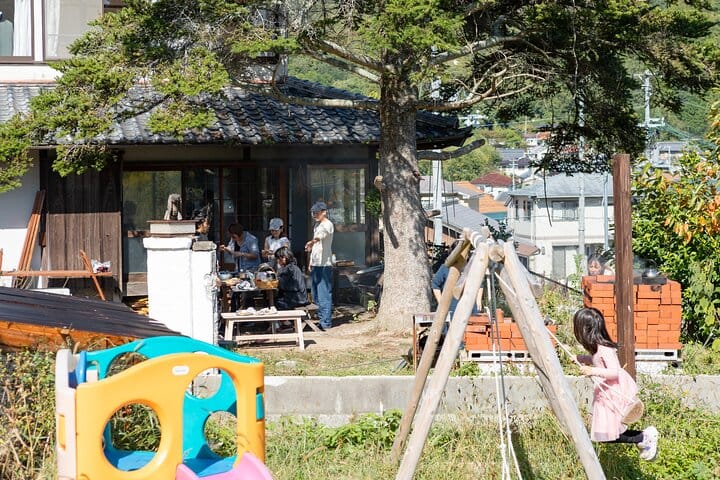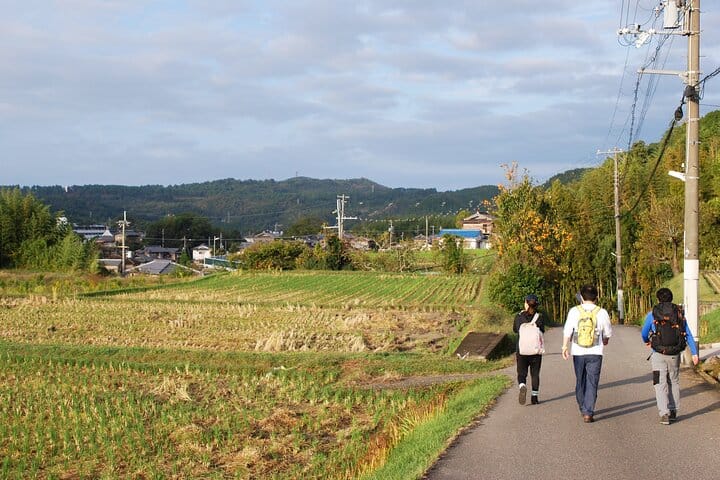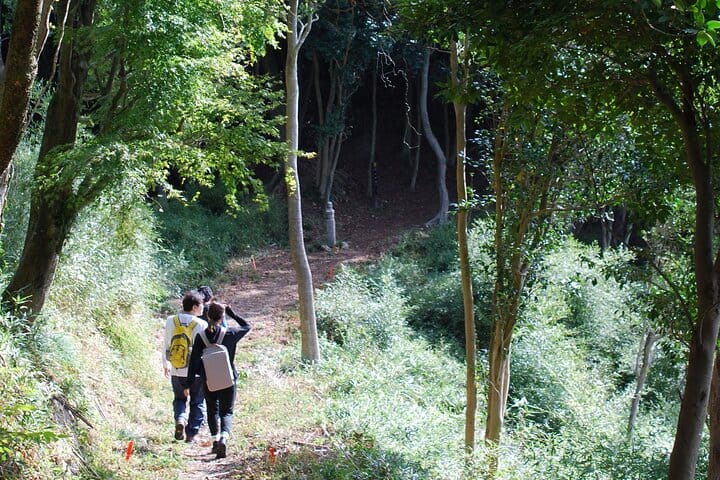URA*KOBE Japan’s Rural History and Hiking
Step into Japan's timeless countryside—just a short ride from Kobe.
Yamada Village, in the northern Rokko foothills, has a farming history dating back to the Yayoi period. Once a major rice supplier to Kobe, its terraced fields and thatched-roof houses still reflect a lifestyle rooted in nature and Shinto beliefs.
This tour explores three cultural gems: make rice balls at the 100-year-old Satoyama Experience House (Kerekele), visit the Shimotaniue Kabuki Stage at Amatsuhikone Shrine, and walk through the peaceful Rokujo Hachimangu Shrine, where Shinto and Buddhism coexist.
The tour begins in Sannomiya with your guide. Pickup from Osaka is also available upon request.
*In Japanese, "URA" means the "back" or "hidden part," which is the opposite of "OMOTE", meaning the front. It's like something quietly sitting just behind or right next to a place. So, "URA*KOBE" is about a village that's like a special, untouched treasure, quietly found on the "URA" side of the modern big city of Kobe.
Yamada Village, in the northern Rokko foothills, has a farming history dating back to the Yayoi period. Once a major rice supplier to Kobe, its terraced fields and thatched-roof houses still reflect a lifestyle rooted in nature and Shinto beliefs.
This tour explores three cultural gems: make rice balls at the 100-year-old Satoyama Experience House (Kerekele), visit the Shimotaniue Kabuki Stage at Amatsuhikone Shrine, and walk through the peaceful Rokujo Hachimangu Shrine, where Shinto and Buddhism coexist.
The tour begins in Sannomiya with your guide. Pickup from Osaka is also available upon request.
*In Japanese, "URA" means the "back" or "hidden part," which is the opposite of "OMOTE", meaning the front. It's like something quietly sitting just behind or right next to a place. So, "URA*KOBE" is about a village that's like a special, untouched treasure, quietly found on the "URA" side of the modern big city of Kobe.

